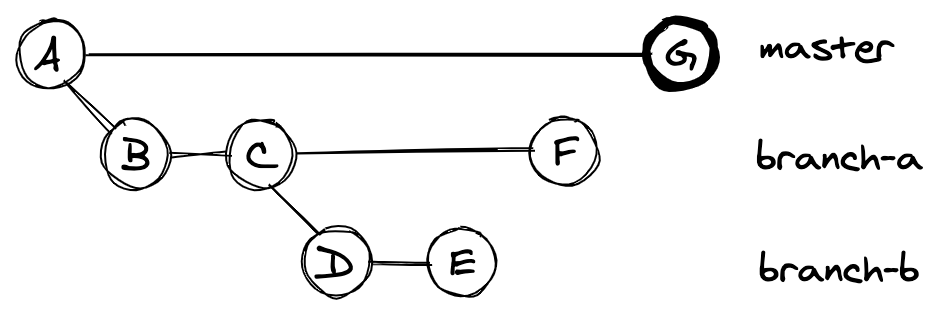

The solution to the situation described above is rebasing the branch against the master more often and make more periodic commits. Sooner or later you may decide to rebase against the master, which may contain some new commits which the changes of your branch may conflict with. The first danger of using the git rebase command is that it can cause more merge conflicts during a rebasing process, especially in cases when you have a durable branch strayed from master. O-o-o-o-o featureX The dangers of rebasing The git rebase can be passed to the -onto command line argument, in which case the command expands to the following:

Warning output is printed in interactive mode and warns about removed commits. rebase.missingCommitsCheck: It can be set to multiple values changing the rebase behavior around missing commits.toSquash: A boolean value toggling the -autosquash behavior.rebase.stat: by default a false boolean, which toggles display of visual diffstat content showing changes since the last debase.These options give another look and sense to the git rebase. There exist some rebase options that are set with the help of the git config commit. As a result, developers have a well-planned history and can easily understand what commits have been done. Cleaning up a branch means removing meaningless or dead and gone commits. So, many developers use this tool to make the feature branch history cleaner before merging it into the master branch. One of the interactive rebasing advantages is that it allows developers not to worry about the messiness of the project history, as they can later go back and clean it up. git rebase - x, which allows to run a command line shell script on each marked commit during playback.

git rebase - p, which doesn’t edit the message or the content of the commit remaining an individual commit in the branch history.Using this option will discard the commit from the final combined commit block during playback. The git rebase has some command options such as:

# Rebase 31d332c.a23db19 onto 31d332c (9 commands) # Commands: # p, pick = use commit # r, reword = use commit, but edit the commit message # e, edit = use commit, but stop for amending # s, squash = use commit, but meld into previous commit # f, fixup = like "squash", but discard this commit's log message # x, exec = run command (the rest of the line) using shell # d, drop = remove commit Additional rebase commits This can be different kinds of commit references, as a tag, an ID, a branch name and so on. In standard mode git rebase will automatically apply the commits in the current working branch to the passed branch’s head. There are two modes of git rebase command: standard and interactive. The difference between Git rebase standard and Git rebase interactive. If you do it, the old commit will be replaced by a new one and it will appear as part of your project has disappeared. As in the case of amending and resetting, it will cause problems for team collaboration. Never rebase commits after publishing them in public history. Find more information about the usage of git rebase below: The inadmissibility of rebasing public history We need a clear history while executing Git operations to explore the introduction of a regression. You need the recent updates of the master branch in your feature branch, but the history of the master branch must maintain clean. For example, the master branch progresses after you start to work on a feature branch. Watch a video course Git & GitHub - The Practical Guide Usage of the git rebase commandįirstly, we need this command for maintaining a linear project history.


 0 kommentar(er)
0 kommentar(er)
